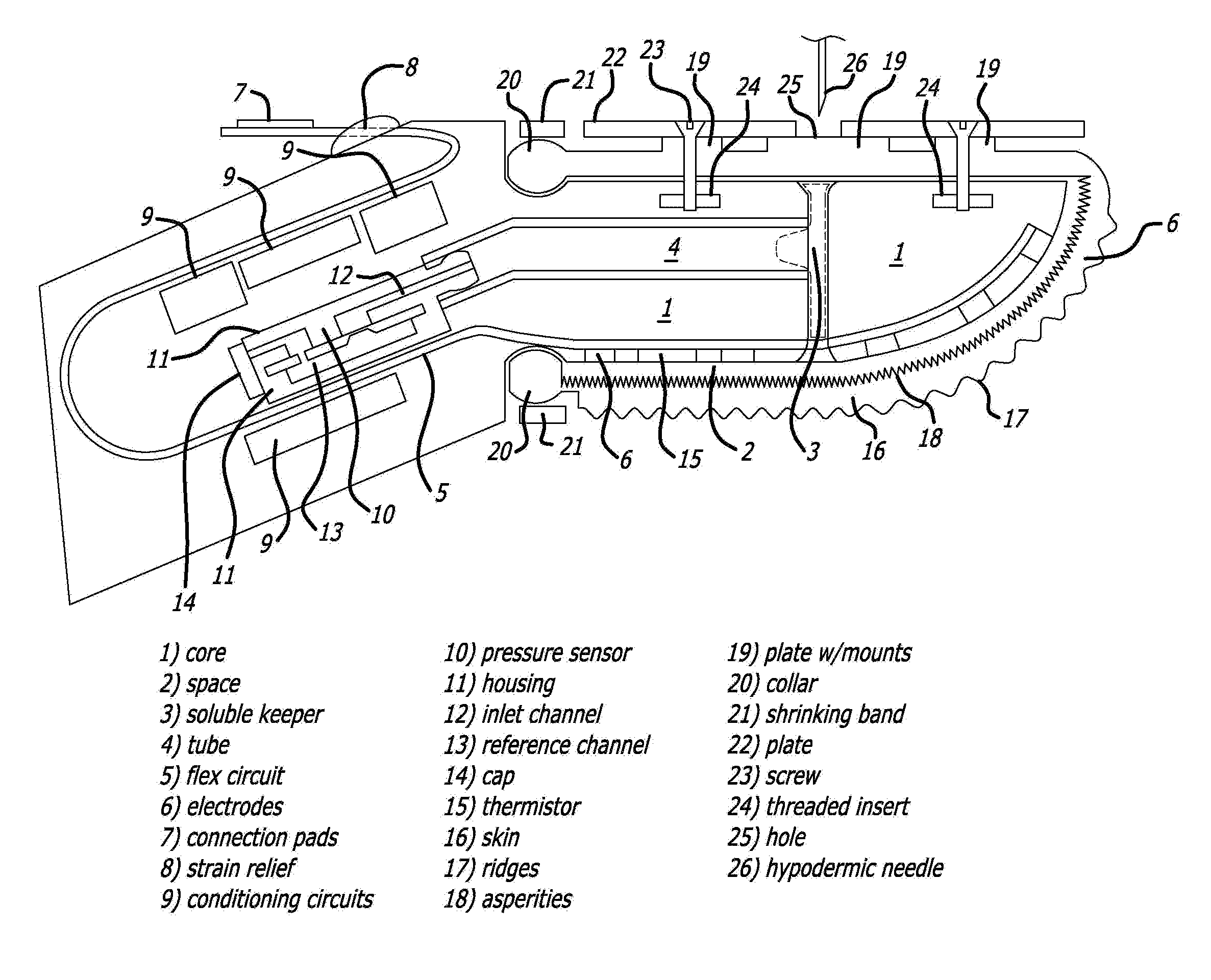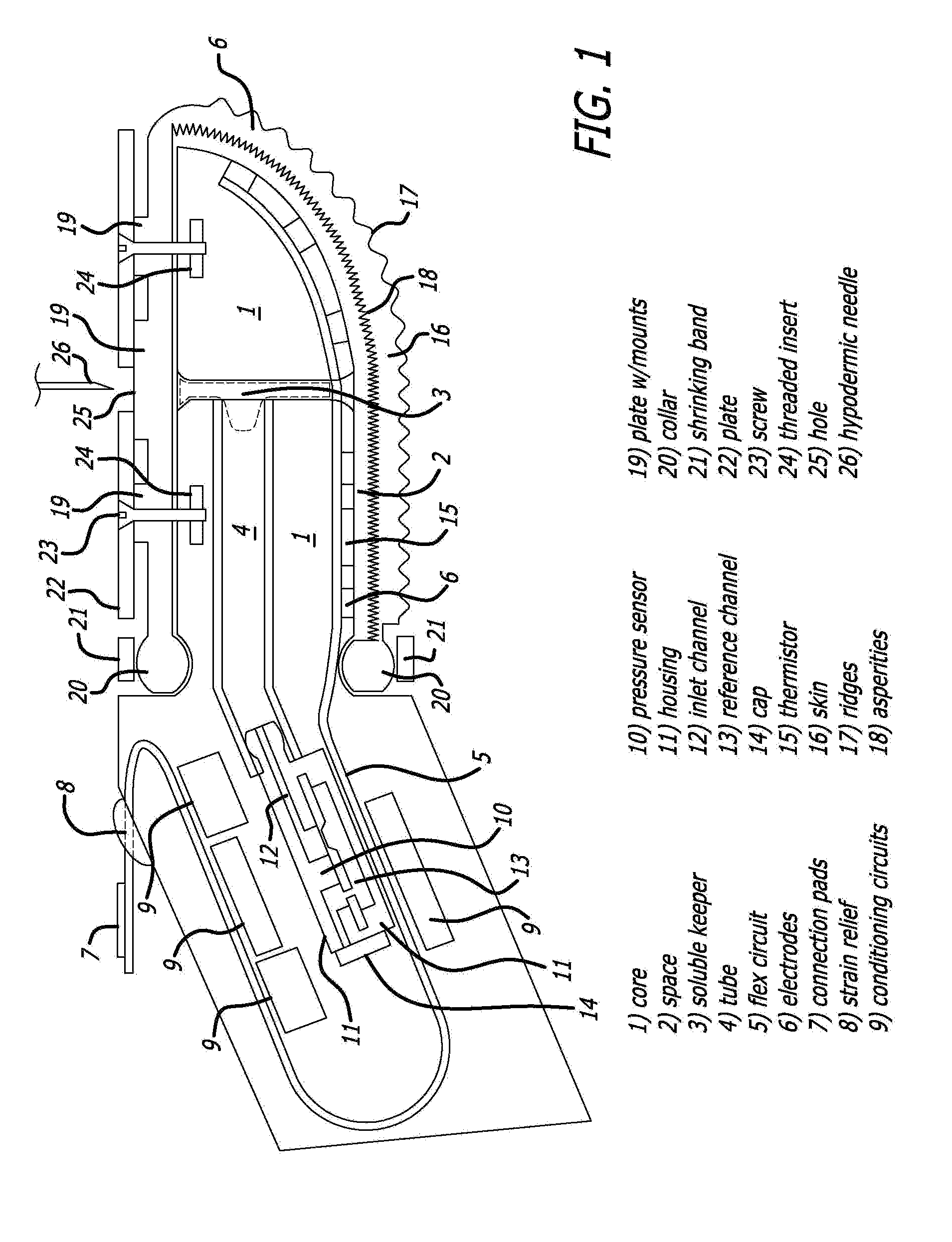Present generations of robots lack most of the tactile sensorial abilities of humans.
This limitation prevents industrial robots from being used to carry on delicate tasks of enormous practical relevance (such as
assembly operations and handling of fragile objects) and, even more, it prevents the development of next-generation robots for off-factory jobs (
agriculture, home, assistance to the disabled, etc.).
Due to limitations in currently available tactile sensing technology discussed below, currently available prosthetic fingers provide little or no sensing capabilities and cannot make use of these highly effective biological control strategies.
Unfortunately, while it would be desirable for the above-listed groups of tactile sensors to respond in much the same way that the human finger does, many of them can provide only limited information about contact with an object whose position, orientation and mechanical properties are highly predictable.
It is difficult to integrate these components into the tactile surfaces of manipulators, which are often required to have contoured, compliant surfaces to facilitate handling of various objects.
In order to achieve the requisite sensitivity, the individual sensors tend to be relatively fragile and subject to mechanical damage over the
wide dynamic range of forces to which they may be exposed.
The large number of electrical connections between sensors and
signal processing circuitry tend to be difficult and expensive to assemble, difficult to protect from environmental hazards such as water and grit, and difficult or impossible to repair if damaged.
For example, most micro-electromechanical
system (“MEMS”) sensors provide good resolution and sensitivity, but lack the robustness for many applications outside the laboratory.
Sensing of friction-induced vibrations has been a particular challenge in the development of tactile sensors.
When this occurs, the power transferred into the
skin by friction gives rise to acoustic vibrations in the
skin and pulp of the finger.
Many attempts to develop a sensor capable of measuring such small vibrations have been made (Howe, Cutkosky, Dario), but they have required fragile dynamic sensors residing very close to the contact surface to achieve the needed sensitivity.
In this location fragile sensing devices are at a high risk for damage and experience short lifetimes and expensive repair costs.
Many tactile sensing arrays have been fabricated using MEMS but they are not suitable for mounting on such surfaces or for use in environments that include heavy loads, dust, fluids, sharp edges and wide temperature swings.
If skin-like elastic coverings are placed on top of sensor arrays, they generally desensitize the sensors and function as low-pass temporal and spatial filters with respect to incident stimuli, thereby attenuating dynamic information.
Neurophysiologists and psychologists often correlate the activity of somatosensory receptors and design measures of psychophysical percepts according to canonical physical parameters, but there is little evidence that the
nervous system actually extracts direct representations of such parameters as an
intermediate stage between
sensation and performance.
In fact, information theory suggests that such an intermediate representation would add
noise and reduce information content, which would place such a strategy at an evolutionary
disadvantage.
It is difficult to apply to anthropomorphic robots and prosthetic limbs that can perform a broad and unpredictable range of tasks associated with
activities of daily living.
The problem may further be complicated by environmental factors in such environments (e.g. temperature,
moisture, sharp edges etc.), which tend to damage or bias sensitive and / or physically exposed transducers.
Furthermore, such sensors may discriminate thermal properties of contacted objects through heat-flow sensing.
 Login to View More
Login to View More  Login to View More
Login to View More 


